Travel guide to Paris, France
Paris is one of the most well-known cities in the world. It’s the city of love, the city of lights, the city of the Eiffel Tower, the Louvre, the Revolution – it’s one of the world’s most popular tourist destinations, one of the most advertised cities, and sadly (according to Tripadvisor users) the most overrated city in Europe — perhaps because of all the press it gets.
There’s definitely a lot to see and do, and it isn’t just those images you’ve seen a million times. Sure, visit the Eiffel Tower and the Arc du Triomphe, but then dive into the suburbs, get lost and discover what else Paris has to offer.
To listen to our take on Paris, hit play below or find episode 108 in iTunes, Stitcher or Soundcloud:
Layout
Paris, like London, is circled by a motorway – the aptly named Boulevard Peripherique. Within the circle, the city is divided into 20 districts (arrondissements), which are numbered 1-20 spiralling out from the centre of the city. 1er (the premier arrondissement) is the tourist’s starting point, since the Arc du Triomphe and the Louvre are in this region. In fact, most of the tourist attractions are in arrondissements 1-7 (1er-7e), which circle the Ile de la Cite and Ile Saint-Louis, the two islands in the middle of the River Seine.
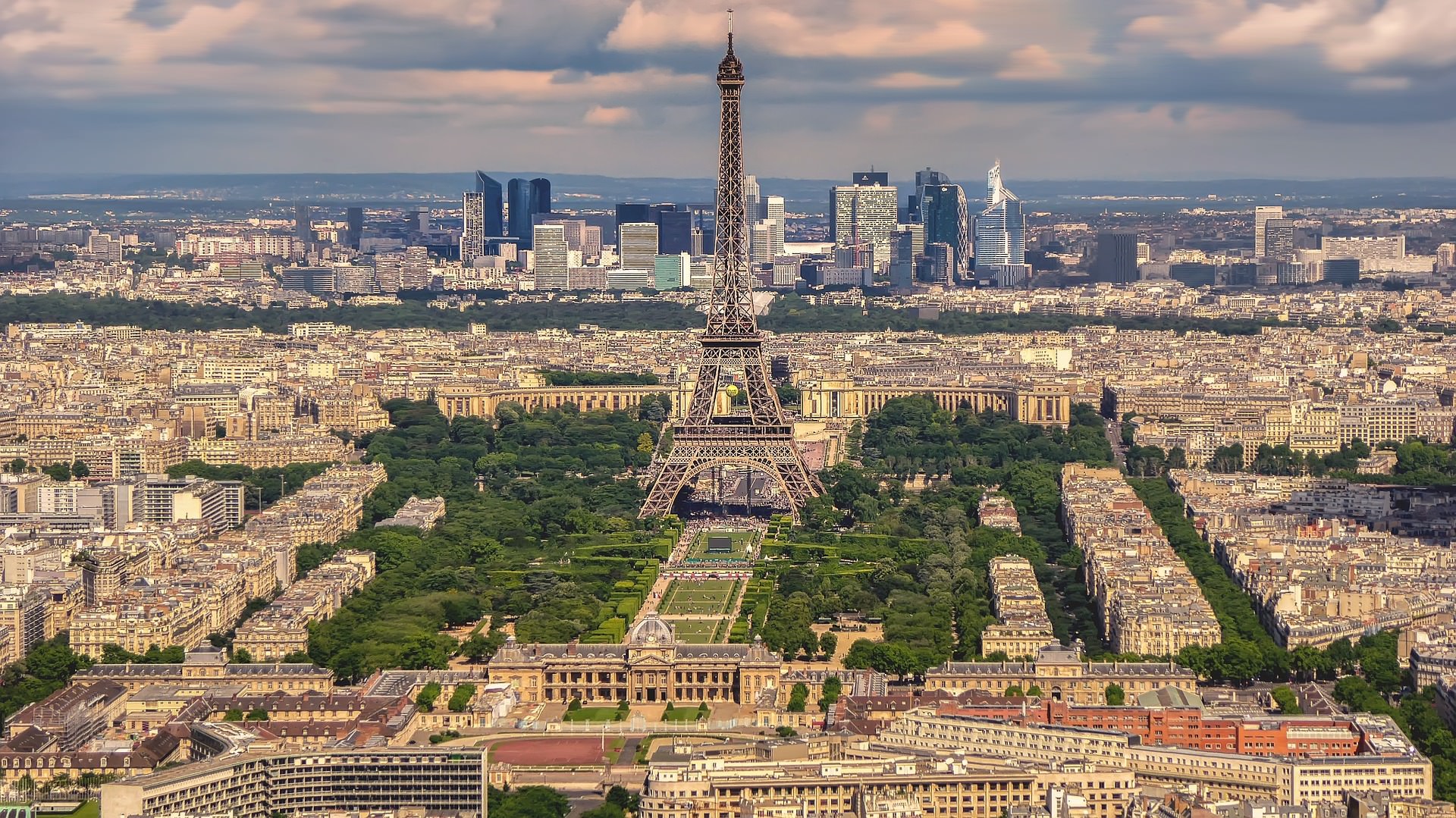
Accommodation
Budget accommodation in Paris can be hard to find, especially if you leave it to the last minute. You need to book ahead, especially during high season – when prices will be even higher. If you’re travelling in a group, consider renting an apartment through AirBnB or another apartment rental service.
Food
Cuisine in Paris has an almost legendary reputation. There are hundreds of restaurants to choose from, from the elite to the traditional. For an extreme experience, dine at the top of the Eiffel Tower – or if your budget doesn’t stretch that far, just choose a bistro that you like the look of. You’ll get better service and prices if you don’t eat right near major tourist attractions, and your budget will stretch further if you make lunch the main meal of the day. You might also be able to get a table for lunch at a trendy restaurant, whose dinner reservations are booked weeks in advance.
Start the day with croissants and coffee or hot chocolate at your hotel or a local cafe, then snack on street food such as crepes or paninis as you explore the city. For lunch, self-cater a picnic with fresh bread and cheese, or get a good deal on lunch at a bistro. For dinner, self-cater or find a restaurant with a set menu you like the look of – often three or four courses with wine thrown in, for a reasonable price.

Transport
The Paris Metro is a fantastic and easy-to-use system. Plus, you’re likely to be treated to the music of buskers as you go, which can be a treat if the buskers are competent, and they usually are.
There are a variety of tickets to choose from, but the easiest way to go is to buy a “carnet” of ten individual tickets and use one for each journey. You can share them out among members of your group, and it’s a lot cheaper than buying individual tickets each time. Your ticket is valid for 90 minutes from when you stamp it, and you can use it on the Metro, the RER network, and the public bus. Transfers between the different modes of transport are allowed, and you can travel anywhere in the city.
If arriving via one of Paris’s airports, there are a variety of options for getting into the city: train, taxi, or bus. A bus or train is likely to be the cheapest choice, but compare the stops with your destination to make sure they’ll take you where you need to go!
Attractions — free
Paris is a beautiful city to walk around. A one-hour walk from the Arc du Triomphe to Notre Dame is a great introduction to the city. You’ll walk down the Champs Elysees, through the Tuileries Gardens to the Louvre, and you’ll cross the Seine to get to the Ile de la Cite, where you’ll find the Notre Dame Cathedral. You can then head over to the Latin Quarter on the other side of the river, before catching the metro to the Eiffel Tower.
There are a lot of impressive churches that are worth a visit, such as Sacre Coeur in the 18th arrondissement, and Sainte Chapelle in the first. Have a picnic in one of the parks or gardens after picking up some fresh food at one of the many markets dotted around the city.
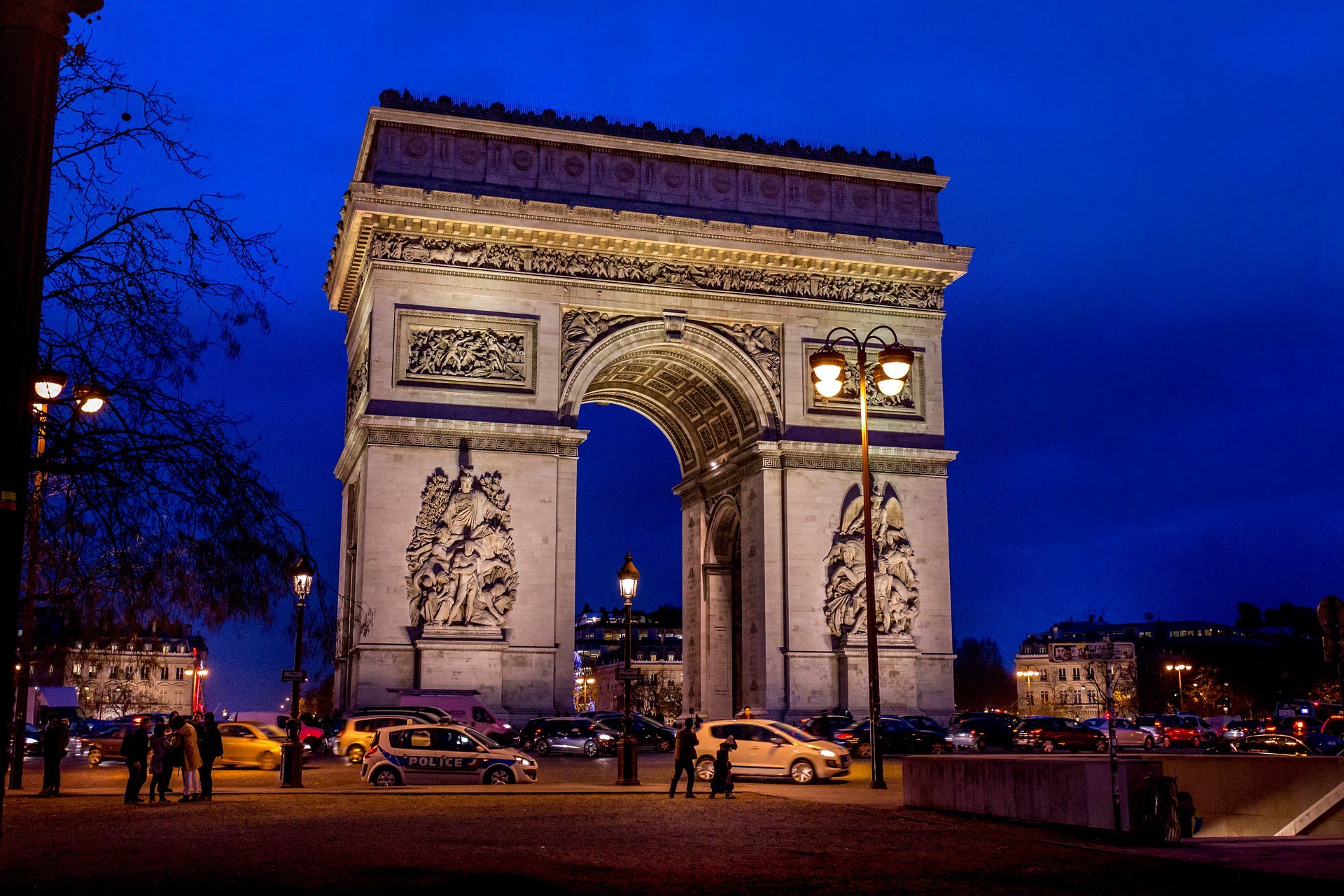
Attractions — seasonal
In winter ice-skating rinks and Christmas markets start appearing throughout the city. After the New Year’s celebrations, the January sales might be the place for a bargain.
Spring festivals include Chinese New Year, celebrated in February, Fashion Week in March and the French Tennis Open in May. Also in May is the nuit du musees (museum night) when you can visit many of Paris’s museums for free, at night.
Summer is packed with events, starting in June with a good chance to visit Paris’s gardens during the Rendez-vous au Jardin. Also in June is the Fete de la Musique and the Gay Pride parade, closely followed in July by Bastille Day, which is celebrated in a huge way. In July, everyone heads outside to the outdoor cinema or the artificial beach on the banks of the Seine, or to watch the Tour de France cycle race which starts and finishes in Paris. Summer ends with a blast, with a world-class rock festival on the Seine. And in autumn, Fashion Week returns.
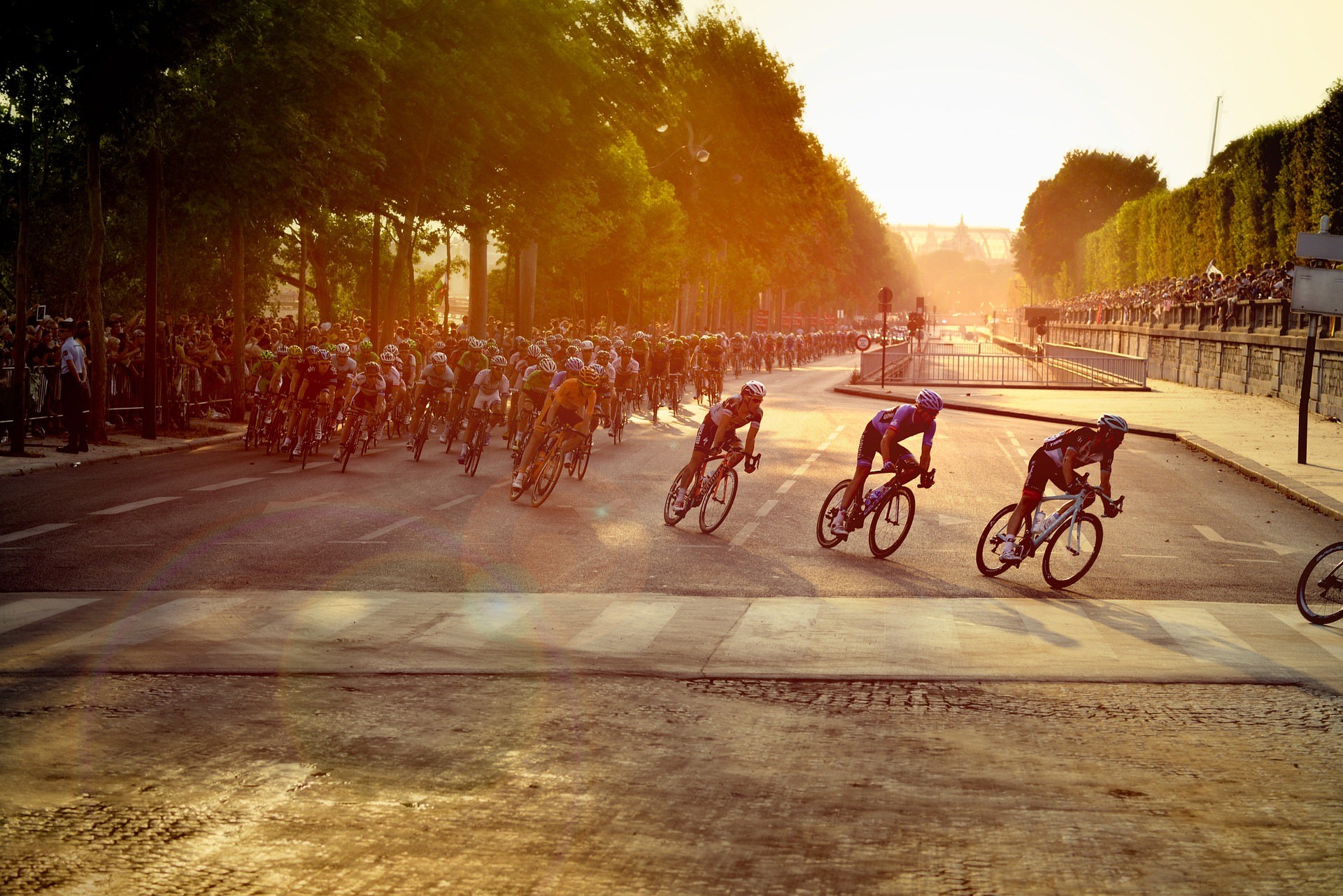
Attractions — paid
If you’re a big fan of museums, it may be cheaper to get a Paris Museum Pass than to pay admission prices at each attraction. Prices start at €48 for a two-day pass. This will get you into the Louvre, the Musee d’Orsay and the Centre Pompidou (the modern art museum), up the Arc du Triomphe, and into as many museums and art galleries as you can imagine wanting to visit. The catacombs are also worth a visit, and you might want to pay to visit the top of the Eiffel Tower.
Where to next?
There’s a lot more to France than just Paris, so jump on a train into the countryside. If you’re a wine-lover, the wine regions of Champagne (140km east) and Bordeaux (500km south) are worth a visit. Ski in the French Alps or float down a canal on a canal boat, while taking the time to sample each region’s culinary specialty.
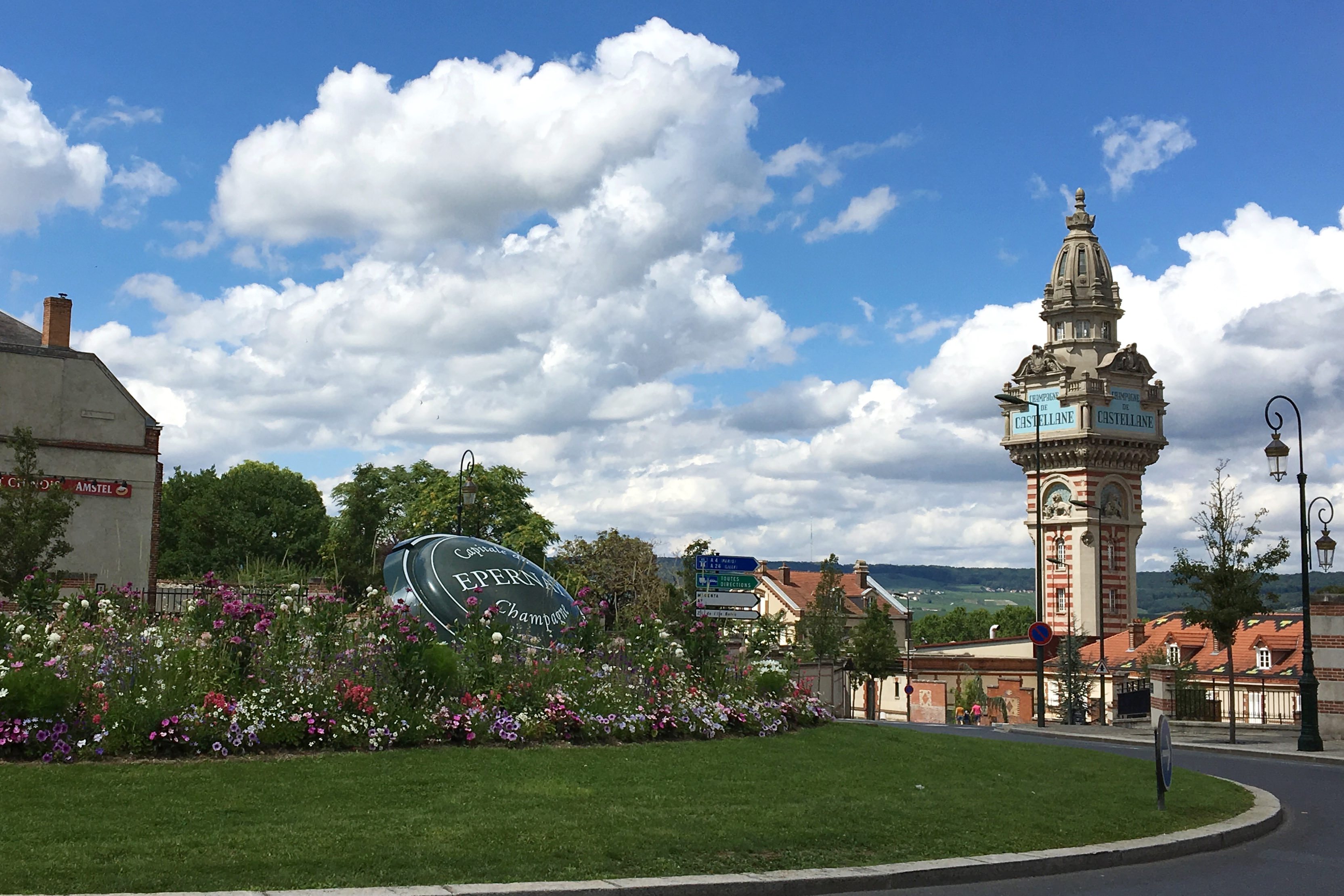
To explore Europe, train travel is a great option. Head up to Luxembourg, Belgium and the Netherlands before visiting Germany – then head north to Scandinavia or circle through Poland, the Czech Republic, Austria and Switzerland. It’s all right there! Budget airlines from Paris will take you further afield in Europe if you’re short on time.
Note: this article was originally published in 2009, but was updated in 2018 with new information, photos and prices.
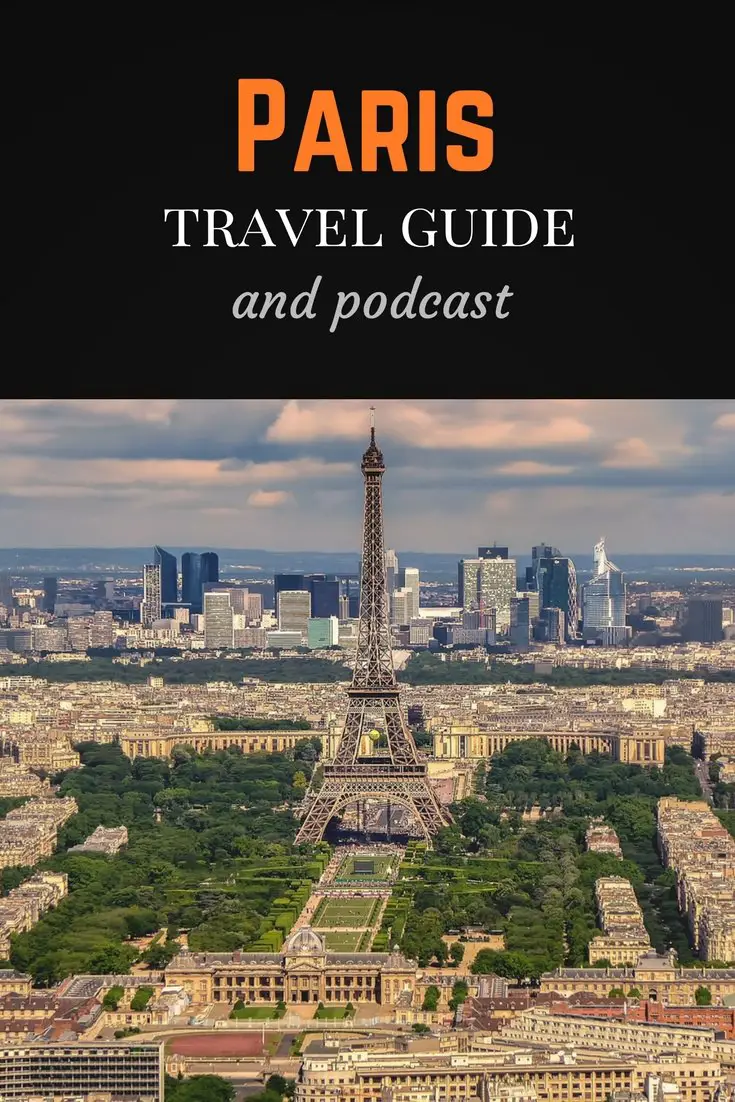

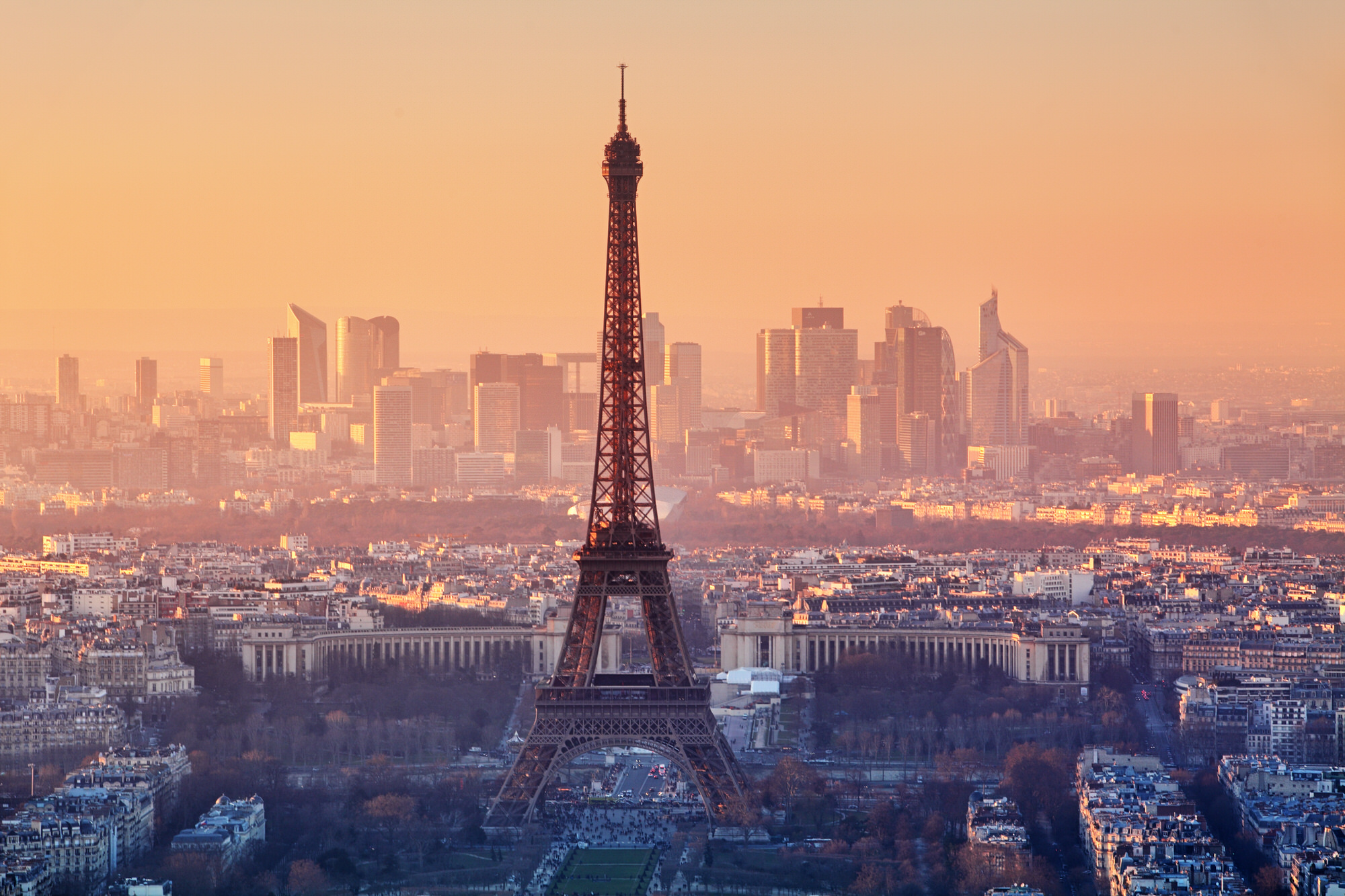


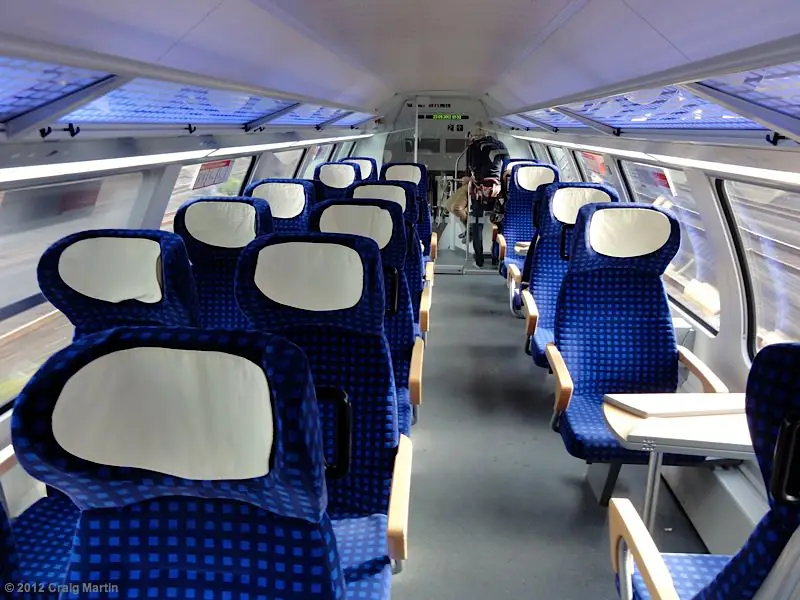
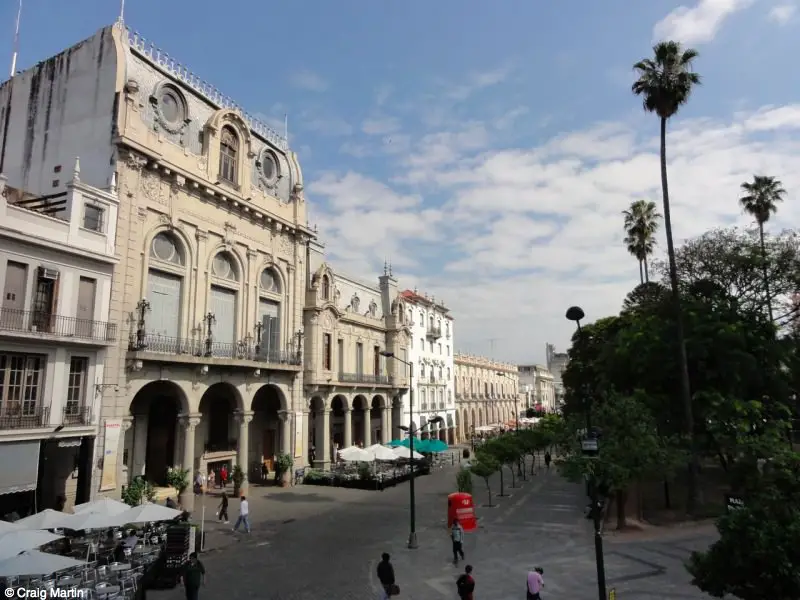
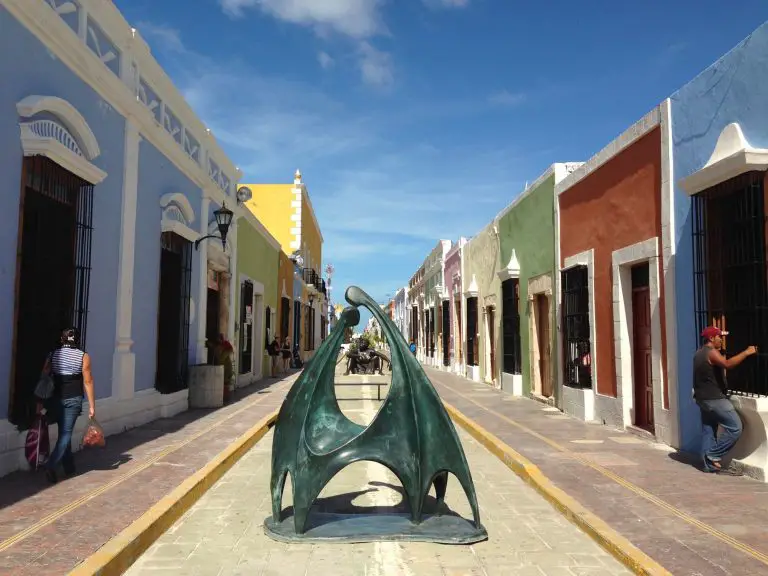
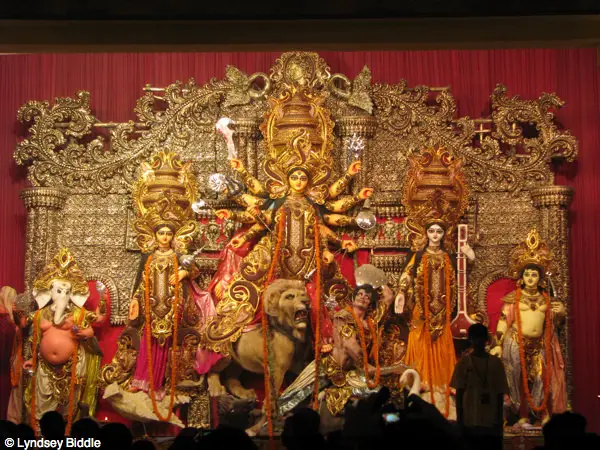
Good one – don’t forget Paris’s great food (both eating and shopping) and there are some fantastic parks which make for great walking, fresh air, and people-watching.
Vive la France!
Personally I think that the two things that I enjoyed about my visits to Paris the most were the Sainte Chapelle (inside the Palais de Justice) – which is a beautiful and warm as Notre Dam is ugly and cold, and the Musee d’Orsay which taught me to appreciate impressionism. If I had one day in Paris I would make sure I checked out these two venues as well as the Eifel Tower and the Arc du Triomphe. The Louvre is large, and generally boring (but it has it’s good points).
Another really interesting place is La Defence – at the top of the Champs Elysees. The whole area is a triumph of modern arcitecture, and the cafe at the top of the Grand Arc is a good place to get a good look at Paris from.
Some good advice guys, thanks.
great review – i LOVE paris. we’ve got a free walking tour just noted on our site: http://www.wanderingeducators.com/best/traveling/weekend-paris.html – i hadn’t know about that!
thanks for the great article!
If you need advices or accomodations for your travel in Paris, fell free to email me : [email protected]
I can find the perfect restaurants, bars, nightclubs, depending what you are looking for !!
If you want to discover the real paris, not the touristic one, i can share with you all the secrets of parisians !
SEE YOU !
Great guide! I would add, that cycling around the Paris on famous Velib is great fun, and allows to move around the city very quickly:)
Again, the humble hostel, bead and breakfasts,and or home stays are fantastic options and are generally much more lower in price than the inner city hotel. Furthermore, you will often be treated to real local activities. This in our opinion are far more satisfying than to remain in a cold aloof environment.
You forget to mention the beautiful Cimetière du Père Lachaise where Oscar Wilde, Jim Morrison and Edith Paif were buried. It is a very peaceful place to wander about for an hour or two; lots of history as war veterans were also buried there. Admission is free, and expect to see tourists doing the usual celebrity rounds.
Great podcast! Very helpful for prep for my trip to Paris soon. I especially enjoyed your personal reminiscences. And for someone who hasn’t studied French in school, it’s nice to hear some Paris place names spoken so I can get the pronunciation down before I embarrass myself with Parisians! 🙂